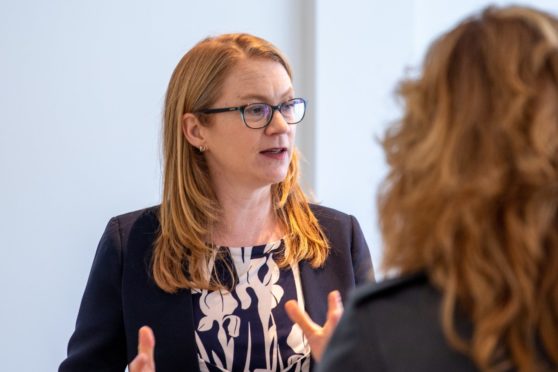More than 2,500 Scottish Child Payments have been made in Aberdeenshire since the scheme began in February.
The benefit, which is intended to help low-income families with the cost of raising a child, gives qualifying families £40 every four weeks for each child under the age of six.
Since the unique scheme began in February, 92% of applications have been processed, including nearly 3,000 from Aberdeenshire.
A total of 2,510 payments have been made to families in the local authority – meaning they have received funding totalling £97,180.
Parents and carers can apply for all eligible children in a single application, and can also apply for Best Start Grants and Best Food Grants at the same time.
Payments having ‘positive impact’
Cabinet secretary for social security, Shirley-Anne Somerville, said: “It is great to see so many families benefitting from the Scottish Child Payment and that it is making a positive impact on the lives of so many children.
“We are working hard to tackle child poverty and it is fantastic to see the number of households being supported so quickly after the payment’s launch.
“It is a benefit unique to Scotland within the UK, and has been hailed as a potential ‘game-changer’ in the fight against child poverty.
“It shows how, with the welfare powers we have gained, we are making a real, positive difference to the lives of young people and their families, boosting the life chances of children across the country.”
